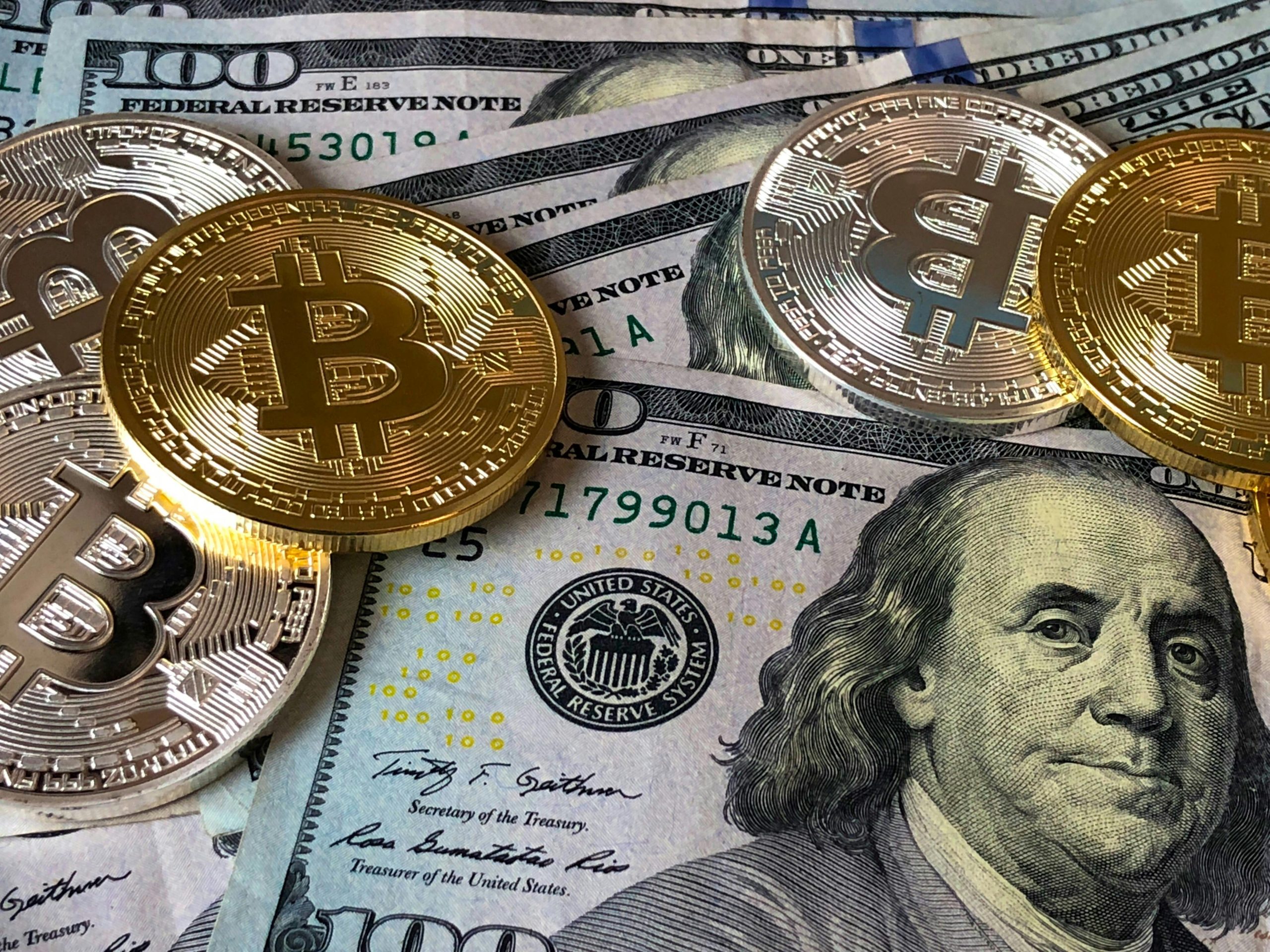(Basic Checks Anyone Can Do)
Cryptocurrency has revolutionized how we think about money, investment, and financial freedom. Yet, with all the genuine innovation, the crypto world has also attracted fraudsters who hide behind flashy websites and fancy whitepapers.
Ponzi schemes, disguised as “groundbreaking crypto projects,” are everywhere. They trick people by promising massive returns with little risk — exactly what real investments never offer.
How can you tell the difference between a legitimate project and a scam?
Here’s a full guide, using simple checks anyone can perform — even without being a tech expert.
1. Check the Project’s Whitepaper
A legitimate crypto project typically releases a detailed whitepaper explaining:
- The problem it solves
- The technology behind it
- The roadmap and timeline
- The team’s qualifications
🔎 Warning Signs of a Scam Whitepaper:
- Vague, buzzword-filled language without real technical explanation
- No clear explanation of how the token fits into the platform’s ecosystem
- Unrealistic promises like “guaranteed 1000% returns”
- Plagiarized content from other projects (you can Google random sentences to check)
Example:
A real project like Ethereum had a groundbreaking whitepaper filled with deep technical explanations. A Ponzi project would have flashy graphics but shallow descriptions.
2. Research the Team Behind the Project
Legitimate teams are proud to show their identities. You should be able to:
- Find their full names
- See their LinkedIn profiles
- Confirm past work experience in reputable companies
🔎 Warning Signs:
- Anonymous teams (“Our founders prefer to stay private”)
- Fake profiles with stolen pictures (reverse image search them)
- Exaggerated qualifications that can’t be verified
Tip:
If you can’t find any evidence the team existed before the project, it’s a red flag.
3. Analyze the Tokenomics
Tokenomics refers to how the token works, including its supply, distribution, and purpose.
Legitimate crypto projects have:
- Transparent supply limits
- A clear plan for token distribution
- Legitimate use cases for the token (not just “holding for profit”)
🔎 Warning Signs:
- Unlimited token supply
- No real reason for the token to exist (only speculative profit)
- Heavy concentration of tokens in a few wallets (easy to check on blockchain explorers)
4. Beware of Unrealistic Returns
“If it sounds too good to be true, it probably is.”
No real investment — crypto or otherwise — can guarantee high, fast returns without risk.
🔎 Red Flags:
- Promises like “Double your money in 30 days”
- Guaranteed profits without explaining the business model
- Referral bonuses that look bigger than actual investment gains (typical Ponzi pattern)
Remember:
Real crypto projects focus on solving real-world problems, not just making you rich quickly.
5. Look at Their Marketing Strategies
Legitimate projects focus on development, partnerships, and real-world adoption. Ponzi schemes focus on hype and urgency.
🔎 Warning Signs:
- Excessive influencer marketing with no real technical discussion
- Urgency tactics: “Only 2 days left to join!”
- Paid promotions without real news coverage
Tip:
If you search for independent media coverage (not paid ads) and find nothing, be skeptical.
6. Community and Social Media Check
Real projects foster healthy, active communities focused on development, ideas, and improvements.
🔎 Warning Signs:
- Telegram groups filled only with “When moon?” and “When Lambo?” comments
- Banned users for asking tough questions
- Fake follower counts (you can spot bots by checking engagement rates)
7. Partnerships and Product Demonstrations
A true crypto project has:
- Real partnerships with verifiable companies
- Beta versions or MVPs (minimum viable products) you can try
🔎 Warning Signs:
- Fake partnerships (check company websites to confirm partnerships)
- No real product even months after raising funds
- Announcements of “exciting developments coming soon” for months without any delivery
8. Regulatory Standing
Serious crypto projects are cautious about legal compliance. Many:
- Register their company
- Cooperate with regulators
- Provide risk disclosures
🔎 Warning Signs:
- “We are outside the reach of all government regulations”
- No Terms and Conditions or Privacy Policy on the website
- Pushy statements against all types of regulation (“Only weak projects follow laws”)
9. Independent Audits
Security audits by trusted third-party firms are a must for crypto projects, especially DeFi platforms.
🔎 Warning Signs:
- No audit report available
- Fake audits from unknown or shady companies
- Refusal to provide audit documents upon request
Example:
Major platforms like Uniswap have had security audits from well-known firms like ConsenSys Diligence.
10. Trust Your Gut — and Verify Everything
Often, your instincts will tell you when something feels wrong. Trust them. But also:
- Double-check everything
- Ask difficult questions
- Don’t invest more than you’re willing to lose
Conclusion
Crypto is an exciting and powerful innovation, but like every new frontier, it attracts those who wish to exploit others.
Learning how to spot the difference between real opportunities and Ponzi schemes is essential for protecting your financial future.
No project is so urgent that you must invest immediately without doing proper research. Patience and skepticism are powerful tools that can save you from devastating losses.
Need help?
If you suspect you’ve been caught in a crypto scam or you want expert advice before making an investment, the Fast-Recover team is ready to support you.
📩 Email us anytime at info@fast-recover.com — we’re here to help you protect what matters most.


